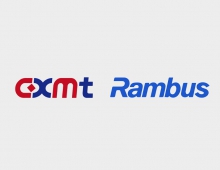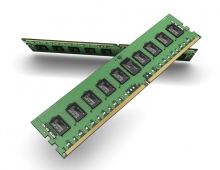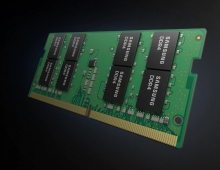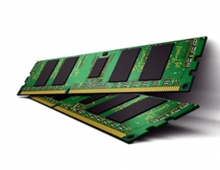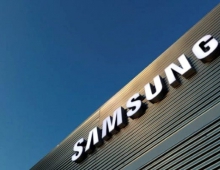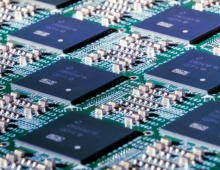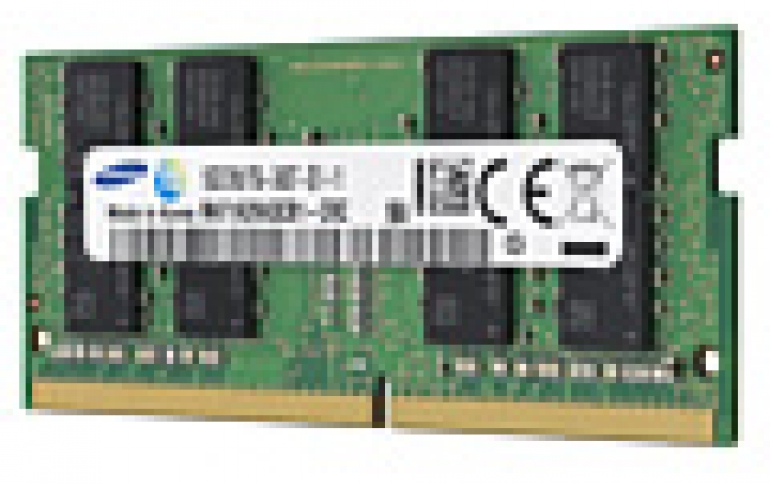
DRAM an NOR Memory Fueled Second Quarter Semiconductor Growth Rate
Despite a slightly down first quarter, the semiconductor industry achieved near record growth in the second quarter of 2017, posting a 6.1 percent growth from the previous quarter, according to IHS.
Global revenue came in at $101.4 billion, up from $95.6 billion in the first quarter of 2017, the market researh firm found. This is the highest growth the industry has seen in the second quarter since 2014.
The memory chip market set records in the second quarter, growing 10.7 percent to a new high of $30.2 billion with DRAM and NOR flash memory leading the charge, growing 14 percent and 12.3 percent quarter-on-quarter, respectively.
In terms of application, consumer electronics and data processing saw the most growth, increasing in revenue by 7.9 percent and 6.8 percent, respectively, quarter-on-quarter. A lot of this growth can be attributed to the continual growth in memory pricing, as supply still remains tight.
Industrial semiconductors showed the third highest growth rate at 6.4 percent during the same period. This growth can be attributable to multiple segments, such as commercial and military avionics, digital signage, network video surveillance, HVAC, smart meters, traction, PV inverters, LED lighting and medical electronics including cardiac equipment, hearing aids and imaging systems.
Another trend in the industrial market is increasing factory automation, which alone is driving growth for discrete power transistors, thyristors, rectifiers and power diodes. The market for these devices is expected to reach $8 billion in 2021, up from $5.7 billion in 2015.
Intel remains the number one semiconductor supplier in the world, followed by Samsung Electronics by a slight margin. IHS Markit does not include foundry operations and other non-semiconductor revenue in the semiconductor market rankings.
![]()
Among the top 20 semiconductor suppliers, Advanced Micro Devices (AMD) and nVidia achieved the highest revenue growth quarter over quarter by 24.7 percent and 14.6 percent, respectively. There was no market share movement in the top 10 semiconductor suppliers. However, seven of the 10 companies in the 11to 20 market share slots did change market share.

